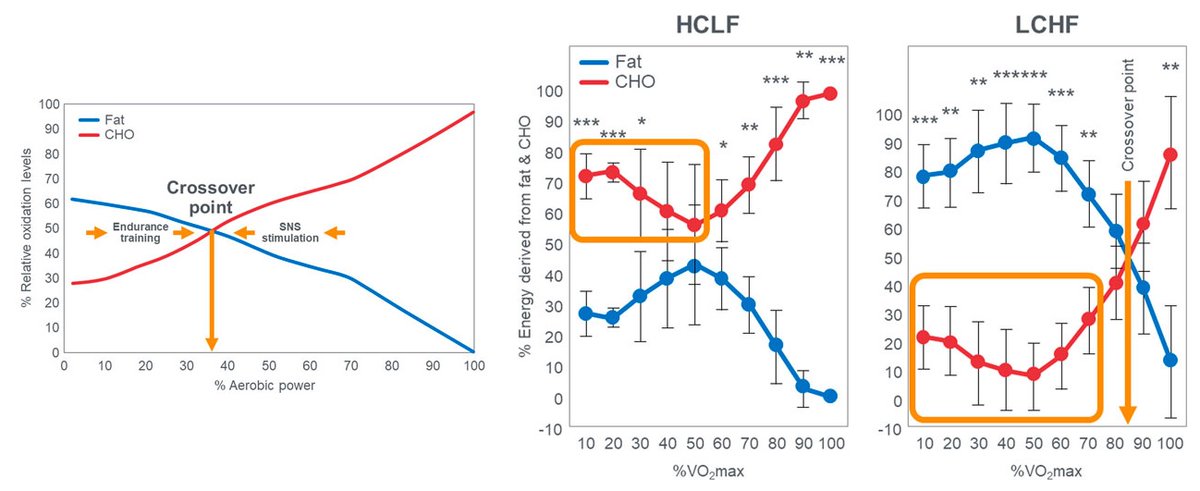In this one, a phenotype-tailored lifestyle intervention was associated with further improvements in measures of body composition and triglycerides compared with a standard lifestyle intervention.
- This 12-week, single-centre non-randomised proof-of-concept clinical trial included men and women aged 18–65 years with a body mass index (BMI) greater than 30 without history of any bariatric procedure, and current use of any medication known to affect weight.
- Participants were assigned to their intervention based on their period of enrollment.
- In the first phase, participants were assigned to a standard lifestyle intervention involving a low-calorie diet, moderate physical activity, and weekly behavioral therapy sessions.
- In the second phase, other participants were assigned to phenotype-tailored lifestyle intervention according to phenotype:
Abnormal satiation phenotype (characterised by an abnormal fullness): participants were instructed to restrict their meals to one or two per day with a volumetric, high fiber diet.
Abnormal satiety phenotype (characterised by accelerated gastric emptying and increased postprandial hunger): participants were instructed to have three meals per day with a pre-meal protein supplement.
Abnormal emotional eating phenotype (characterised by negative mood, high anxiety, and reward-seeking behaviors in relation to negative and positive emotions):
participants were instructed to follow a standard diet (the same as that used in the standard life intervention), avoid snacks...
...and participate in a 12-session intensive behavioral group therapy co-led by two clinical health psychologists with expertise in weight management along with weekly check-in with their wellness coach.
Abnormal resting energy expenditure phenotype (characterised by reduced REE, and muscle mass):
participants were instructed to follow a standard diet (the same as that used in the standard life intervention)...
...plus a post-work-out protein supplementation and to engage in at least 30 min of high-intensity interval training four to five times per week, with a weekly check-in with their physical therapist.
- Participants in the phenotype-tailored lifestyle intervention group not only lost more weight but also had greater decrease in waist circumference, fat mass, gastric emptying, anxiety score, and triglyceride levels compared to the standard lifestyle intervention group.
- They also had a greater increase in lean mass percentage and a lower reduction in REE.
Phenotype tailored lifestyle intervention on weight loss and cardiometabolic risk factors in adults with obesity: a single-centre, non-randomised, proof-of-concept study
doi.org/10.1016/j.ecli…
#nutrition #diet #weightloss #appetite
doi.org/10.1016/j.ecli…
#nutrition #diet #weightloss #appetite
• • •
Missing some Tweet in this thread? You can try to
force a refresh

 Read on Twitter
Read on Twitter








